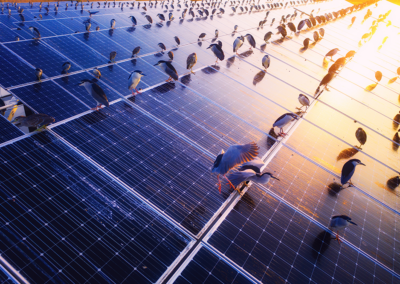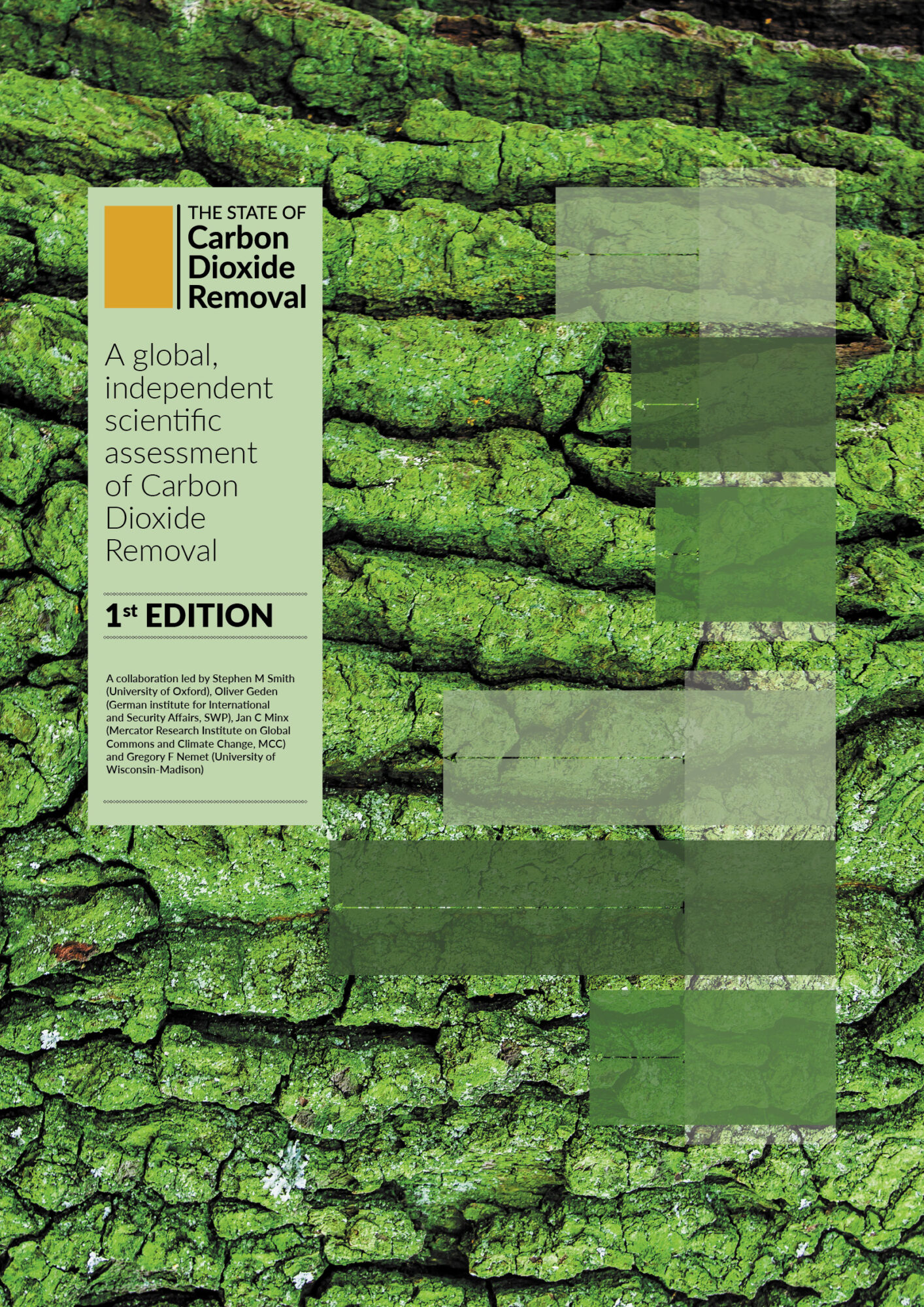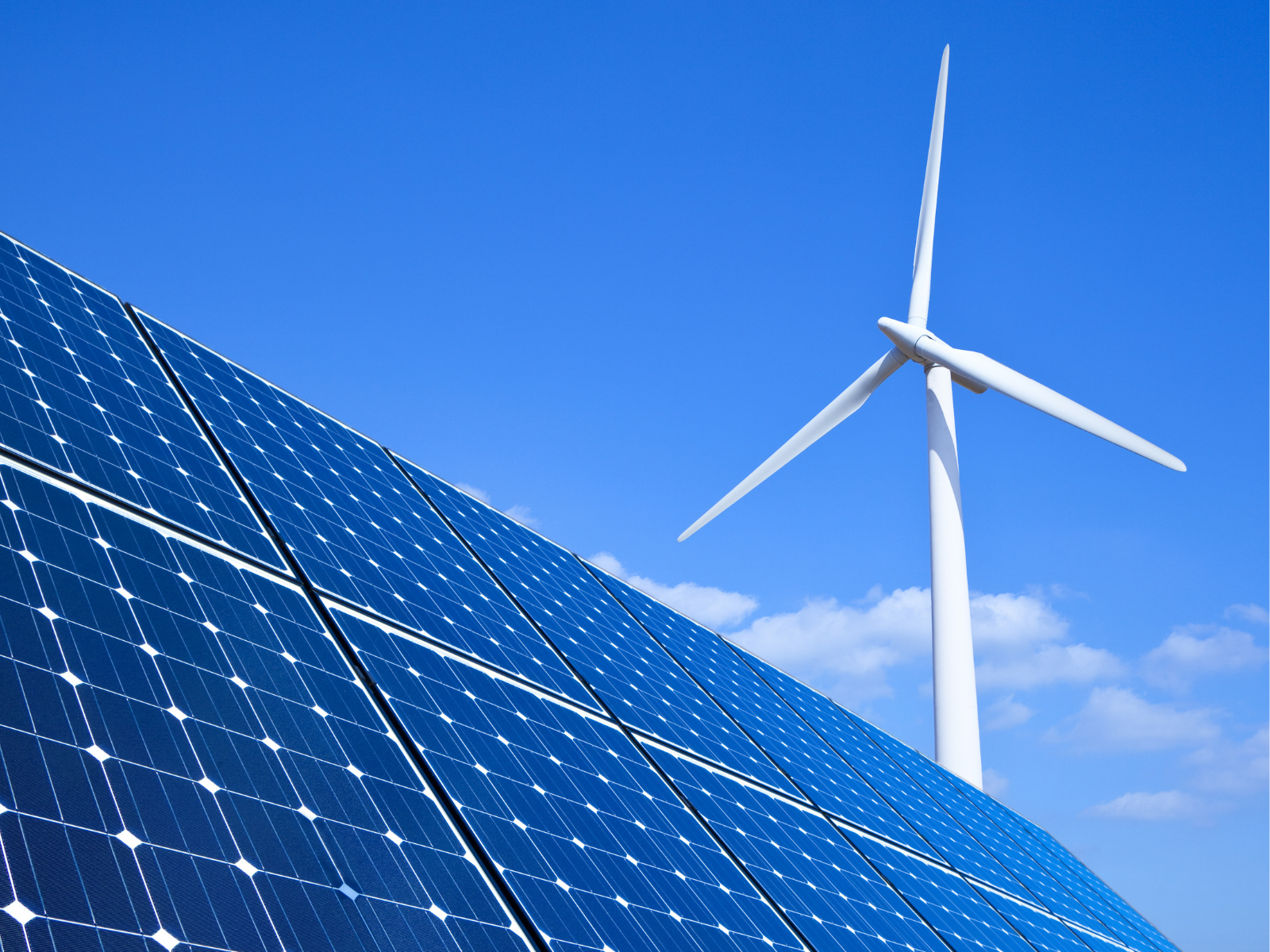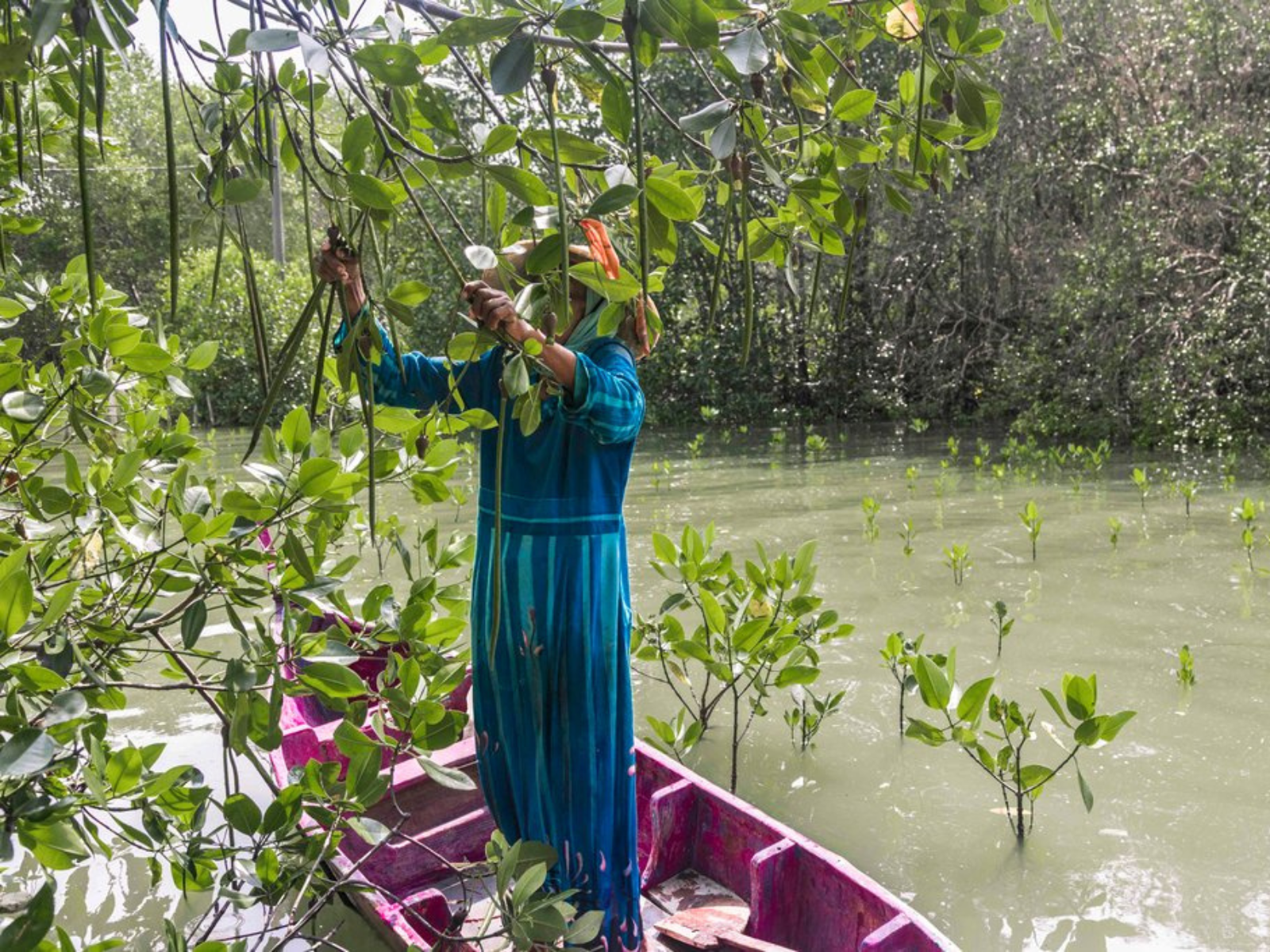CARBON DIOXIDE REMOVAL
The active removal of carbon dioxide (CO2) from the atmosphere through Carbon Dioxide Removal (CDR) technologies is, alongside significant emissions reductions, central to achieving net zero by 2050 and limiting the rise in global temperatures to 1.5°C above pre-Industrial levels.
CDR encompasses a wide range of methods used to remove CO2 from the atmosphere, some of which are explored below. CDR is also known as Greenhouse Gas Removal (GGR) when referring to greenhouse gases generally, although most focus is on the atmospheric removal and subsequent storage of CO2.
THE STATE OF CARBON DIOXIDE REMOVAL
The State of Carbon Dioxide Removal report, a first-of-its-kind global assessment of the state of CDR and the gap we need to close, was published in January 2023. It was led by ONZ Executive Director Dr Steve Smith, and ONZ fellow Dr Jose Maria Valenzuela was a co-author.
Key findings include:
-
99.9% of current CDR is from conventional methods such as afforestation (2 GtCO2/yr) and 0.1% (0.002 GtCO2/yr) is from novel methods such as biochar, bioenergy with carbon capture and storage (BECCS), and direct air capture with carbon capture and storage (DACCS). Find out more about these methods below.
-
There is a large gap between how much CDR countries are planning and what is needed to meet the Paris Agreement goal.
- 1,300x more CDR from new technologies – and twice as much from trees and soils – may be necessary to limit temperatures to well below 2°C.
CARBON DIOXIDE REMOVAL METHODS
The State of Carbon Dioxide Removal report groups CDR methods in two broad categories: ‘conventional’ and ‘novel’ CDR. This is based on a combination of their current level of readiness, the scale at which they are currently deployed, and the type of carbon storage they employ. You can read about some examples below.
Conventional CDR
Afforestation / Reforestation
Growing trees to facilitate the sequestration of CO2 from the atmosphere and into biomass, dead organic matter and soils.
Improved forest management
Improving forest management to facilitate the sequestration of CO2 from the atmosphere and into biomass, dead organic matter and soils.
Soil carbon in croplands / grasslands
Managing agricultural practices (e.g. crop rotations and tillage) to increase soil carbon content.
Peatland / wetland restoration
Restoring peatlands and coastal wetlands to increase their ability to store carbon.
Through preventing further habitat degradation, this prevents carbon release, often providing a number of other co-benefits.
Durable harvested wood products
Using forestry materials in buildings and products extends the time of carbon storage of natural biomass and enables additional forestry growth.
Novel CDR
Biochar
Burning biomass in the absence of oxygen (pyrolysis) to create a charcoal-like carbon-rich product which can stabilise organic matter when added to the soil.
Bioenergy with carbon capture and storage (BECCS)
Using biomass for energy, capturing the CO2 emissions and storing them underground.
Direct air capture and carbon storage (DACCS)
The use of engineered processes to capture atmospheric CO2 for geological storage.
Enhanced terrestrial weathering
Spreading crushed rocks on agricultural land, which react with CO2 in the air to remove it from the atmosphere.
Ocean alkalinity
Increasing ocean concentration of ions like calcium to increase uptake of CO2 into the ocean.
Ocean fertilisation
Applying nutrients to the ocean to increase photosynthesis and remove atmospheric CO2.
Research summary
ONZ is working to improve understanding of the geology, economics, finance, governance and policy requirements of Carbon Dioxide Removal. There is a need to demonstrate whether proposed CDR techniques are effective and socially acceptable at the scales required to achieve global net zero.
We are working closely with CO2RE, Negem and OceanNETs to evaluate CDR options and develop governance and policy solutions required to incentivise the appropriate and equitable deployment of CDR.
Our researchers based in Oxford’s Department of Earth Sciences are using seismological techniques to better quantify the state of stress and seismic hazard around developing and prospective CO2 reservoirs, leading to improved assessment of risks to longterm geological CO2 storage.
Recent publications
- Hickey, C., Fankhauser, S., Smith, S. M., & Allen, M. (2023). A review of commercialisation mechanisms for carbon dioxide removal. Frontiers in Climate, 4, 1101525
-
Allen, M. R., Friedlingstein, P., Girardin, C. A., Jenkins, S., Malhi, Y., Mitchell-Larson, E., … & Rajamani, L. (2022). Net zero: science, origins, and implications. Annual Review of Environment and Resources. 47, 849-887
-
Fankhauser, S., Smith, S.M., Allen, M. et al. (2022). The meaning of net zero and how to get it right. Nat. Clim. Chang. 12, 15–21
-
Bednar, J., Obersteiner, M., Baklanov, A. et al. (2021). Operationalizing the net-negative carbon economy. Nature 596, 377–383
-
Goll, D.S., Ciais, P., Amann, T. et al. (2021). Potential CO2 removal from enhanced weathering by ecosystem responses to powdered rock. Nat. Geosci. 14, 545–549
-
Jenkins, S., Mitchell-Larson, E., Ives, M. C., Haszeldine, S., & Allen, M. (2021). Upstream decarbonization through a carbon takeback obligation: An affordable backstop climate policy. Joule, 5(11), 2777–2796
OTHER RESEARCH THEMES
News and Events



Onshore geological carbon storage has potential in the UK, but key knowledge and regulatory gaps remain – ONZ report
A new report by a team of Oxford Net Zero researchers reviews the current state of knowledge on onshore geological carbon storage (GCS) and its feasibility in the UK. Read more



Oxford launches revised Offsetting Principles
As part of their net zero strategies, many companies, organisations, cities, regions and financial institutions are relying on voluntary carbon credits to offset their residual emissions. But evidence continues to cast doubt on the integrity of ... Read more



Job Opening at ONZ: Impact and Operations Officer
Oxford Net Zero is looking for a highly organised and motivated Impact and Operations Officer to join its team. You will be working alongside the Programme Manager, Cath Ibbotson, and the Head of Policy and Partnerships, Kaya Axelsson to ... Read more



Net Zero Regulation Stocktake Publishes Results
A new report published by Oxford Net Zero presents a comprehensive ‘stocktake’ of developments in net-zero regulation across the G20 in 2023. It focuses primarily on four regulatory domains: claims and financial products standards, disclosure, ... Read more



New ONZ report on rolling out renewables in the Global South
The scaling up of clean electricity, and using it to decarbonise other parts of the economy, is central to all decarbonisation pathways. In their latest report, “Rolling out renewables in the Global South”, Oxford Net Zero’s Sam Fankhauser ... Read more



Oxford Net Zero at COP28
The Oxford Net Zero community is mobilising its collective expertise to help drive ambition at COP28, being held in the UAE from 30 November – 12 December. Read more




